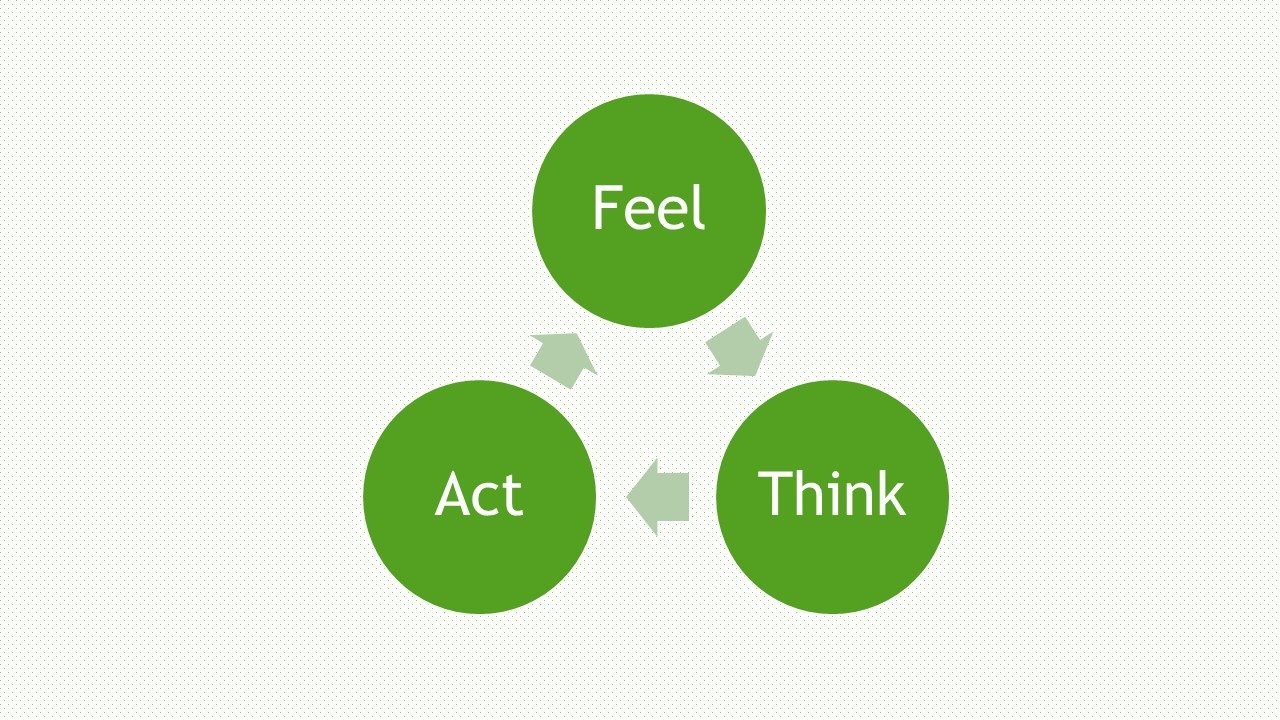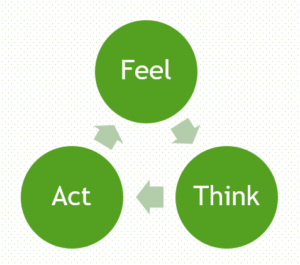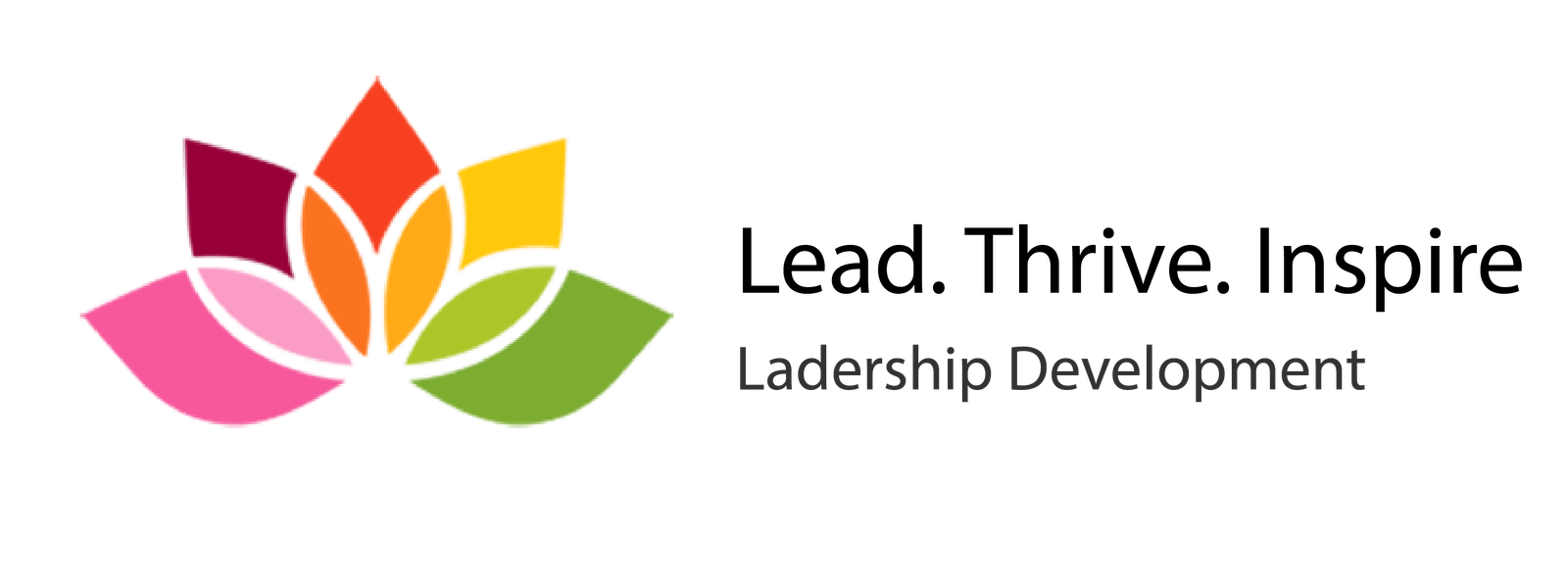
During the summers of 1985, and 1986, Bill Moyers interviewed the legendary Prof. Joseph Campbell on myths, life, heroes and bliss. These twenty four hours of raw footage filmed at George Lucas’s Skywalker ranch were cut into six one-hour episodes that aired on PBS in 1988, shortly after Campbell’s death, in what proved to be the most popular series in the history of public television.
During this interview, Campbell talks extensively on the subject of following your bliss:
“Follow your bliss!” He said.
“If you do follow your bliss,
you put yourself on a kind of track
that has been there all the while waiting for you,
and the life you ought to be living
is the one you are living.
When you can see that,
you begin to meet people
who are in the field of your bliss,
and they open the doors to you.
I say, follow your bliss and don’t be afraid,
and doors will open
where you didn’t know they were going to be.
If you follow your bliss,
doors will open for you that wouldn’t have opened for anyone else.”
The importance of finding your bliss and passion and the path to its realization is also the goal of one of the most famous career self-help books, “What Color Is Your Parachute?” by Richard Bolles. The book’s premise is that if you follow a thorough battery of self-inventory questionnaires (called “The flower of seven petals” exercise), you will find your inner calling and passion.
Another famous advocate of the finding your bliss movement was the late Steve Jobs. In 2005 towards the end of his Stanford commencement speech, Jobs urged the new graduates, saying: “…and most important, have the courage to follow your heart and intuition. They somehow already know what you truly want to become. Everything else is secondary.”
Yet more and more voices today claim that the now-famous-quote-turned-bumper-sticker “follow your bliss” is not the right way to finding your calling, job satisfaction or even happiness.
Hermina Ibarra, formerly a Prof. at Insead, now teaching in LBS London, rejects the idea that your career decisions should focus on filling out self-inquiry questionnaires. Instead, she claims in her book “Working Identities” that people should start by first taking action and finding out from real-life experience what their work-related preferences really are, later using those experiences and hard-earned knowledge to work backward to find their true working identity.
Similarly, billionaire Marc Cuban emphasizes the importance of following your effort and not your passion, claiming that: “One of the great lies of life is ‘Follow your passion’”. Cuban claims that we become good at the things we put effort into, so we should focus on finding those things we already invest time in. Ask yourself, says Cuban: “Where am I putting in my time?”
In 2012, Cal Newport wrote a book titled “So Good They Can’t Ignore You”, where he repeatedly discusses the importance of focusing on improving your skills over attempts to finding your passion”. Interestingly, he uses Steve Jobs as an example of his method. Newport argues that you should not do what Jobs says, but instead do what Jobs did. According to Newport, if Jobs had followed his passion, he would have been a great Zen meditation teacher today, as his biography clearly shows he was very passionate about spirituality, but presented no passion for technology and entrepreneurship just before he built Apple.
So, which path should one choose?
Should we follow our hearts or follow our heads?
Should we make an effort to learn or learn to make an effort?
I have been in the field of what I call “Career Restructuring” for over two decades now, working with professionals in their late forties and above, helping them find their way in this very confusing and destabilizing period of their life.
During my work with these very talented individuals, I noticed that contrary to many books, thought leaders and bloggers, there is no one single answer. Life is just more complicated than that, and career choices are no exception.
Following your bliss is a wonderful and heart-opening concept, yet if you follow it too closely, it does pose a danger of oversimplifying the process. By seeking the single most important thing that “I am meant to be doing,” you risk creating unnecessary stress and anxiety in your life. Moreover, following your bliss may also create a false belief that once you find that one thing, then and only then, will all the doors open, leaving you in a state of constant bliss and success. This endless wait for that unreachable moment is often frustrating and disheartening.
On the other hand, I find the advice to “Follow your effort” or “Follow your time” cold and shallow. Yes, it is essential to persist and persevere in times of difficulty and trouble, but do we really want to continue doing something just because we already invested many years of our life in it? Should we really persevere just because we are good at something? Even if we no longer derive any meaning or depth from it?
So, where do we go from here?
I find that the easiest way to start the process of Career Restructuring is by following an integrative approach I call Feel-Think-Act (see figure 1 below).

Figure 1
The Feel-Think-Act process is an iterative model that I find most effective with my clients. The model brings together the best of both worlds merging “Follow your passion” with “Follow you Effort”.
In this section, I will elaborate more on each step of the Feel-Think-Act process.
Feel
When I take the first step of helping people in the process of Career Restructuring, I find that the head is the worse place to start. We tend to begin the process with so many fears, worries, confusion and misconceptions, that our rational thoughts become an impediment to our progress. Instead, I always prefer to go back to our hearts and more accurately, if we have to follow anything, my preference would be to “Follow your Energy”.
One of the most effective exercises to following your energy is an exercise I call “Moments of Light”. This exercise helps participants focus on their most successful moments in life and at work. Through a short analysis process, we distill these essential parts in each one of us that make us feel good, energetic and blissful.
The “Moments of Light” process does not narrow our field of vision to a single vocational path but gives us the intuition and a connection to whom we have the potential to become when we are at our best.
This is arguably one of my favorite exercises, as it creates an immediate shift in the participants and raises the energy and enthusiasm in the room almost instantly.
Think
Once we were able to clear some of the fears by raising our inner awareness and connecting to our “best selves”, it is much easier to start planning where we want to go.
This is when the thinking and focusing come in. It requires us to let go of both previous fears as well as expectations, hopes and dreams that are weighing us down. While the Feel stage was characterized by opening up to dreaming and visioning, the Think stage focuses on planning, narrowing and choosing. This stage also demands shutting down what I refer to as “Emergency Exit Doors”, so we could commit for a predetermined uninterrupted period of time.
Act
At this stage, we turn our focus to action and effort and make small but tangible actions to get immediate empirical results.
During this stage, our resolve is tested by crossing the bridges of our fears and hesitations, as many people prefer to feel and think but are fearful of taking the first step, lest it will lead to failure.
This Feel-Think-Act process is an iterative one. We start by focusing on our feelings, move to employing our minds to focus and select and finally push ourselves forward into action. This, in turn, brings in new feelings that we can process, think, select and act upon over and over again.
When going through the Act stage, it is important to remind ourselves that small steps are so much better than no steps. Following the rules of inertia, it is much easier to change the course of a car while it is driving on a freeway rather than when it is stuck, immovable, in a parking lot. Therefore, it is important to commence with a short process of feel-think, but then use the already obtained data and act, rather than wait forever for the perfect moment or situation to present itself.
Final words
In today’s world, it is not clear what is the best path to take when you go through a Career Restructuring process. But choose to follow your bliss while also being very practical and following your effort, and you will find that although the path is not always smooth or easy, it will lead you to where you want to be. Focusing your efforts on making the best, most meaningful work you possibly can, and more importantly, becoming happier and more fulfilled as you progress forward in your journey.







